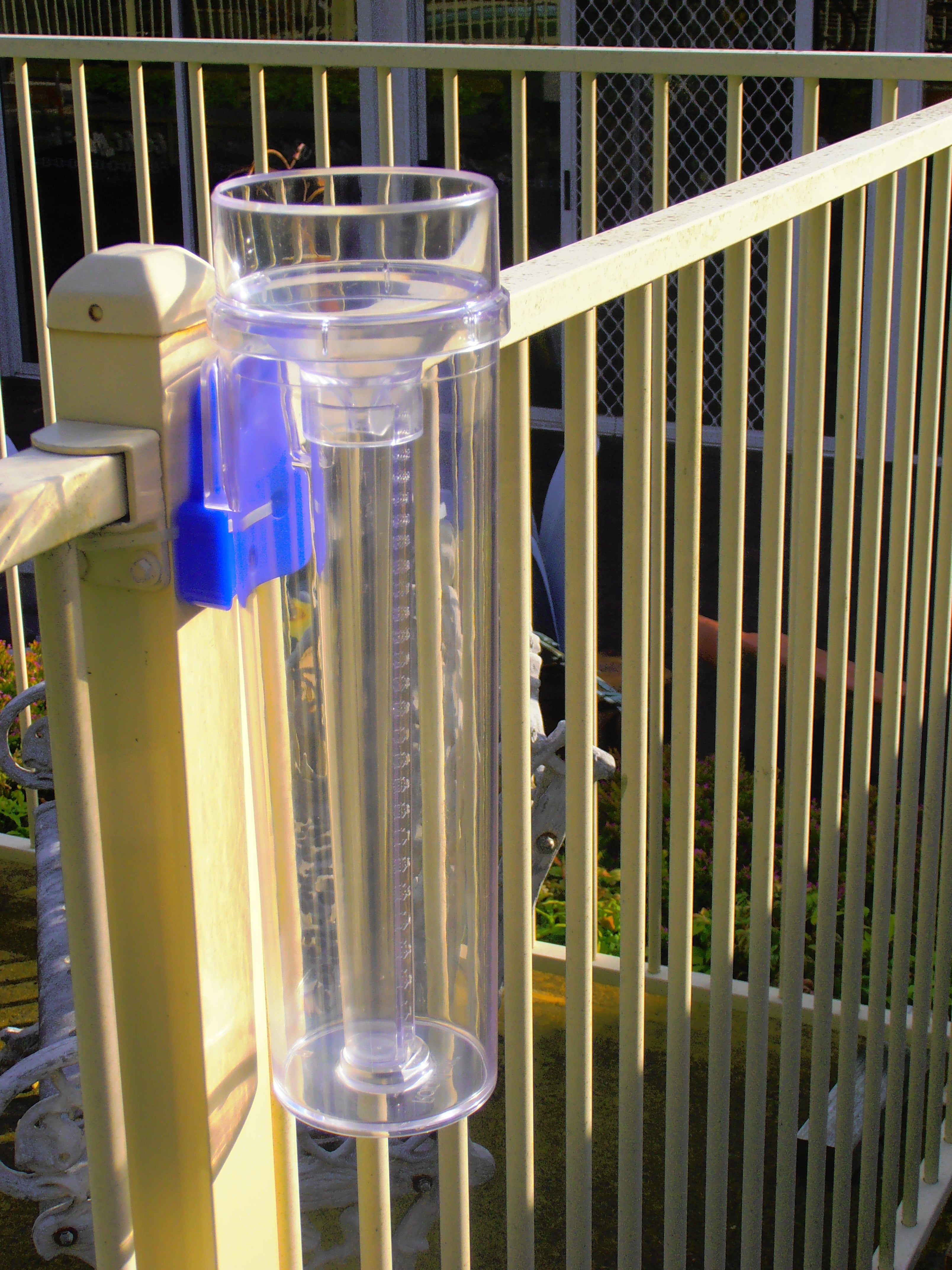Unveiling the Science Behind Rain Determines: Just How These Gadgets Play an Essential Role in Environment Research Study and Ecological Monitoring
Rainfall gauges, relatively straightforward tools, hold a profound significance in the realm of environment research and ecological surveillance. As we peel back the layers of this clinical veil surrounding rain evaluates, we uncover a world where precision, information accuracy, and thorough monitoring assemble to unveil a deeper understanding of our altering environment and its impact on the planet.
Importance of Rainfall Gauges
Rain evaluates play a vital duty in monitoring and determining precipitation degrees, supplying important information for environment research and analysis. These tools are essential in evaluating the amount of rainfall that happens in a specific area over a certain duration. By gathering and determining rain, rain gauges offer useful understandings into the circulation and strength of rainfall, helping meteorologists, hydrologists, and climatologists in recognizing weather condition patterns and patterns.
Additionally, long-lasting data gathered from rain determines assists in evaluating environment adjustment effects and patterns, contributing significantly to scientific research and decision-making processes. In significance, rain gauges serve as necessary devices in the area of meteorology and environmental science, playing a critical duty in progressing our understanding of climate and climate characteristics.
Kinds Of Rain Gauges

Functionality and Procedure
In the world of environment research study and meteorological studies, the effectiveness of rain gauges lies in their detailed capability and accurate functional systems. Rain evaluates are created to properly gauge the quantity of rainfall that falls over a particular area during a collection period.
The functionality of rainfall evaluates is based upon the concept of accumulating and gauging rain in a standard fashion. This gathered information is crucial for comprehending regional climate patterns, tracking lasting climate fads, and evaluating environmental impacts. To ensure precise dimensions, rain determines need to be strategically positioned in open areas away from blockages such as buildings or trees that can conflict with the collection procedure.
The functional aspect of rainfall evaluates entails normal upkeep to avoid particles accumulation, calibration checks to maintain dimension precision, and data taping for analysis (rain gauge). Overall, the performance and operation of rainfall assesses are important for collecting trustworthy rainfall information essential to environment research and environmental tracking
Duty in Environment Research Study
Given the critical significance of exact precipitation measurements in recognizing weather patterns and ecological influences, the duty of rain evaluates in environment study is important. Rainfall evaluates offer important information for climate research study by evaluating the amount of rainfall that drops over a particular location throughout an offered period. This information is crucial for keeping track of lasting patterns in precipitation patterns, assessing the impact of climate adjustment on rainfall distribution, and boosting climate versions.

Environment scientists make use of information collected from rain gauges to examine variants in precipitation degrees, recognize local climate fads, and evaluate the performance of water resource administration strategies. By contrasting historic rainfall data with current measurements, scientists can spot changes in precipitation patterns, such as changes in the frequency or strength of rains events. This information is important for recognizing just how environment change is affecting rainfall dynamics and can aid policymakers make informed decisions concerning adaptation and reduction methods.
Applications in Environmental Surveillance

In flooding projecting, rainfall scale information aids to track rainfall strength and distribution, allowing authorities to release prompt warnings and take needed steps to minimize flooding risks (rain gauge). Dry spell surveillance relies upon rain scale data to examine dampness degrees in the dirt and track rainfall deficiencies, assisting in the identification of drought-prone areas and the execution of drought action techniques
Furthermore, rainfall gauge information plays an essential function in water resource administration by offering info on water schedule and usage fads. This information is made use More Info of to make educated decisions pertaining to water allowance, preservation measures, and lasting water resource preparation. Additionally, in agriculture, rainfall gauge information assists farmers in enhancing watering timetables, plant choice, and total farm monitoring practices based upon regional rainfall patterns. Overall, rain evaluates are important devices in ecological monitoring, offering beneficial insights that add to informed decision-making and sustainable resource management.
Final Thought
To conclude, rainfall gauges are important tools for measuring precipitation, supplying important information for climate research and ecological monitoring. With various kinds and functionalities, rain assesses play an important function in recognizing precipitation patterns and their effect on the environment. By accurately determining rains, these devices contribute to the innovation of scientific expertise and help in making notified decisions relevant to water resource management and disaster readiness.
Rainfall assesses play a vital role in tracking and determining precipitation levels, supplying important information for climate research and evaluation. The standard rain gauge, known as the "tipping bucket" scale, is one of the most commonly used tools. Ultrasonic rain determines use audio waves to identify the visibility of rain, offering real-time information on precipitation levels.Climate researchers utilize data accumulated from rainfall evaluates to analyze variations in rainfall levels, recognize regional environment patterns, and review the efficiency of reference water source management methods.In conclusion, rainfall determines are important devices for gauging precipitation, giving important information for environment research study and ecological surveillance.